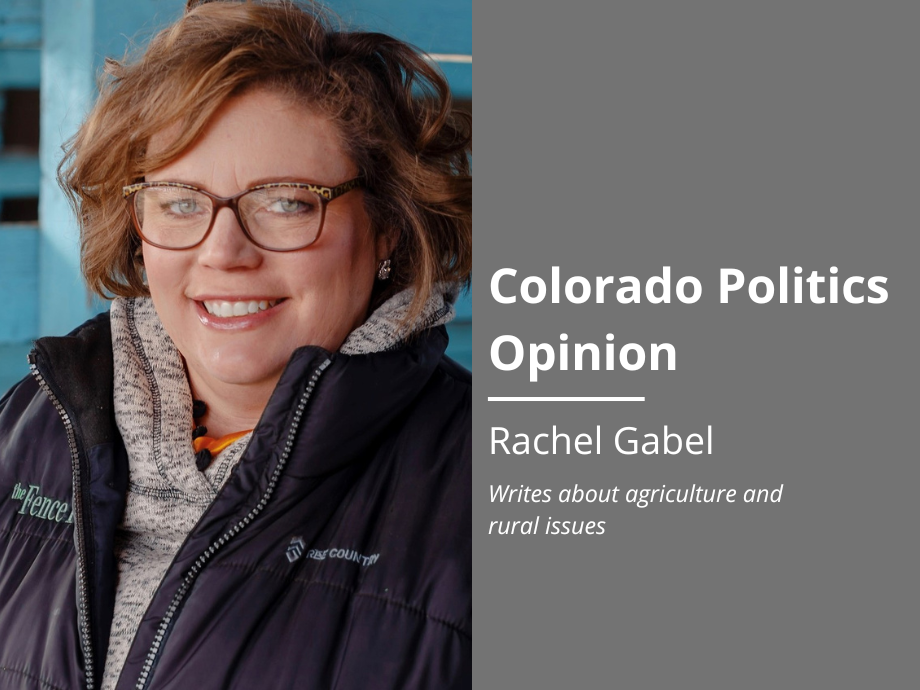How to improve the Endangered Species Act for all | GABEL


The Endangered Species Act was established in 1973 in response to declining populations of species of plants and animals, and this year marks its 50th anniversary. The act is stringent in its language, but it lacks a clear path and clear thresholds for species to be considered recovered and delisted. An ESA listing ought not be one for perpetuity.
The 1970s ushered in not only the ESA, but also the Clean Water Act, the Clean Air Act, the National Environmental Policy Act and the Federal Land Policy and Management Act. Kaitlynn Glover, executive vice president of the Public Lands Council said the acts all brought forth statutory requirements for the landscapes around the country and their management. Though these are applied nationwide, the western U.S. tends to be particularly affected based on the vast number of federal lands, acres and the presence of some of the iconic species on the ESA list like the bald eagle, grizzlies and wolves. Though it is the species listed via ESA, the mechanism for protection and recovery is management of the habitat.
Glover said the ESA carries about a 2% success rate of recovering and removing species from the list. There are nearly 1,700 species listed under the ESA and only 104 have been delisted in the history of the act, many due to extinction. It is a rather low bar for success, even an unacceptable one when applied to nearly any other scenario. The potential for change, though, is particularly dismal as Congress has failed to authorize the ESA for 20 years, though it remains funded. The resulting back and forth litigation cycle is particularly damaging because it wastes taxpayer dollars, wastes conservation group dollars, wastes stakeholder dollars, creates a tremendous wad of red tape, is not beneficial to the species on the ground or the communities in their area, and the success of the act for the species remains dismal.
Stay up to speed: Sign-up for daily opinion in your inbox Monday-Friday
Climate-action speak in this Congress is higher than in recent memory, which makes it a good time to take a deep look at how the ESA can be improved moving forward into the next 50 years. It also makes it a terrifying time to even bring up the ESA in mixed company.
Voluntary conservation through private lands management and public lands stewardship by ag producers ought to be recognized as an investment in conservation of those landscapes. Glover is adamant, and I unequivocally agree, that ESA will not be successful without the investments of ag producers. And investments, made daily as part of the management of ag lands by producers, must have certainty and protection as part of the ESA.
Currently, it appears when ESA protection is needed for a particular species, the knee-jerk reaction is to halt all activity on the landscape where the species exists. It also appears this happens in a style not unlike what Ronald Reagan referred to as the nine most frightening words in the English language, “I’m from the government and I’m here to help.” No management at all is not management. I’ve certainly made this point abundantly clear in discussions about the Bureau of Land Management’s proposed rule to designate conservation as a multiple use. It’s ill advised and is not a solution. Efforts that have proven successful must be recognized and allowed to continue. Landowners and stewards have invested in these landscapes for generations and will shoulder the weight of having an ESA species on the land. They deserve regulatory relief.
The U.S. Fish and Wildlife Service and the National Marine Fisheries Service are tasked with designating critical habitat as well as developing recovery plans, which should outline the metrics to determine when a species is recovered, and the ESA has been successful. There is little detail in the ESA on requirements of the recovery plans so the path to recovered status remains murky.
According to the National Agricultural Law Center, from Jan. 1, 2000 to March 23, 2023, the Endangered Species Act was a party to eight U.S. Supreme Court decisions, eight First Circuit decisions, three Second Circuit decisions, seven Fourth Circuit decisions, 18 Fifth Circuit decisions, 5 Sixth Circuit decisions, 5 Eighth Circuit decisions, 37 Ninth Circuit decisions, 19 Tenth Circuit decisions, 13 Eleventh Circuit decisions, 31 DC Circuit decisions and an additional 11 decisions in state courts.
These numbers don’t take into account the high number of settlements made among the parties, often including environmental groups and livestock groups. This ping-pong litigation is not beneficial to the species and the cycle must be interrupted.
Rachel Gabel writes about agriculture and rural issues. She is assistant editor of The Fence Post Magazine, the region’s preeminent agriculture publication. Gabel is a daughter of the state’s oil and gas industry and a member of one of the state’s 12,000 cattle-raising families, and she has authored children’s books used in hundreds of classrooms to teach students about agriculture.













